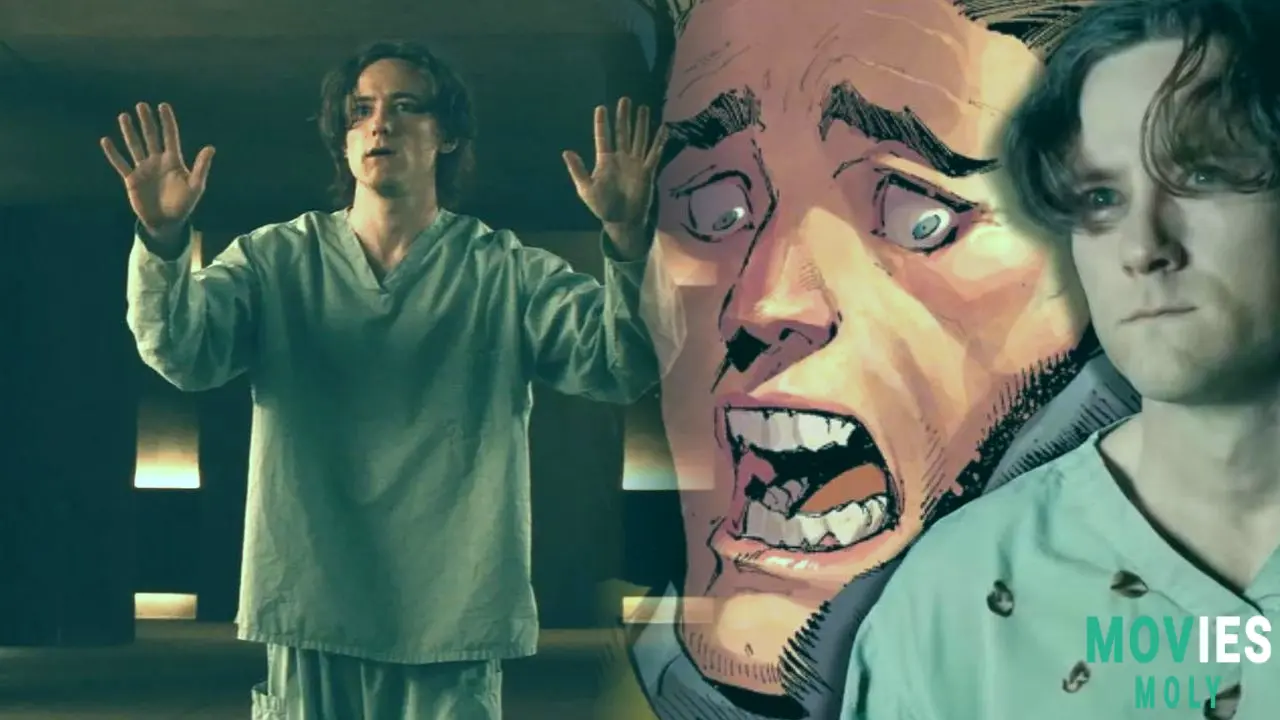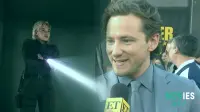Marvel Studios’ Thunderbolts* isn’t just a mid-credits-level mind bender — it’s the film that quietly, yet explosively, introduced one of the most powerful and complex characters in the Marvel Cinematic Universe: The Sentry. Buried beneath the persona of “Bob,” an unassuming and seemingly average man, lies a superhero (and antihero) whose power scale shatters the MCU’s previous limits. In a franchise now hurtling toward multiversal omnipotence, Sentry’s debut is not only a game-changer for the MCU’s power hierarchy but also a masterclass in how to adapt deeply layered comic book mythology for the big screen.
How The Sentry’s Power Set Rewrites the MCU’s Strength HierarchyThroughout Thunderbolts*, viewers watch in awe — and sometimes horror — as Bob effortlessly dismantles a squad of seasoned MCU veterans. His strength is nothing short of godlike. He bends John Walker’s shield with casual force, tears off Bucky’s metal arm in a blink, and effortlessly absorbs hits that would level a building. This isn’t just brute power; it’s control, precision, and resilience wrapped into one golden-clad enigma. The Sentry doesn’t just outmatch the Thunderbolts; he redefines what it means to be powerful in a universe that’s already hosted Thanos, Thor, and Captain Marvel.
But strength is only the tip of the iceberg. The film brilliantly showcases Sentry’s super speed, enhanced senses, and tactical intelligence. In one sequence, he anticipates Ghost’s phasing attacks, turning her own ability against her with eerie precision. His telekinetic powers underscore every fight, transforming mundane objects into lethal weapons with a mere gesture. It’s a combat style that’s not just effective — it’s practically choreographed chaos with an invisible hand guiding it.
The Void: A Dark Twist on the Hero-Villain Dichotomy
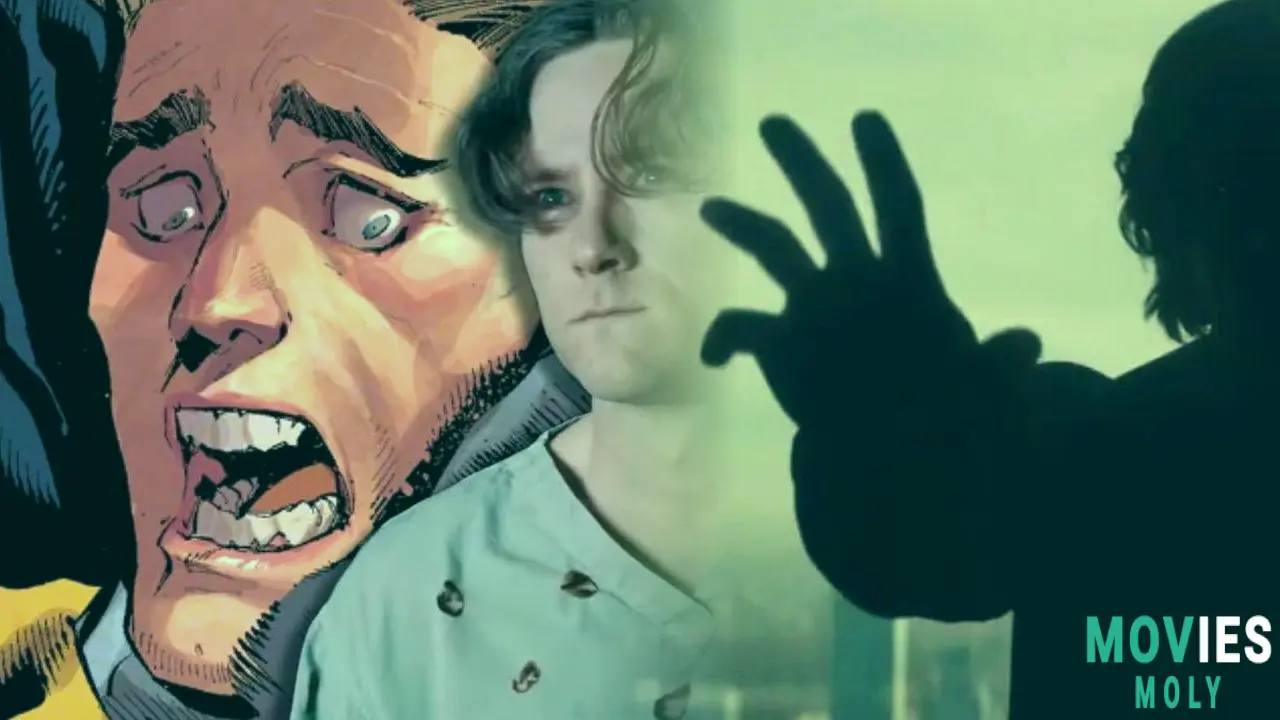
What truly sets The Sentry apart, however, is his duality. Beneath the golden armor and god-complex persona lies The Void — a nihilistic, shadowy entity born from the same experiments that created Sentry. The film’s climax doesn’t just pit the Thunderbolts against Sentry; it drags them into a psychological hellscape inside The Void’s mind. This isn’t just a battle of brawn; it’s a fight for sanity, identity, and light against overwhelming darkness.
The Void’s powers are as terrifying as they are impressive. He engulfs the sky in shadow, turns matter into darkness, and traps opponents in loops of their worst memories. It's a visual and thematic feast, echoing the comics where The Void represents the embodiment of Sentry’s inner demons. Marvel Studios manages to translate this complex relationship into a cinematic form that’s both explosive and emotionally resonant — a rare win for superhero psychology on screen.
Comic Lore Meets MCU Innovation in The Sentry’s Characterization
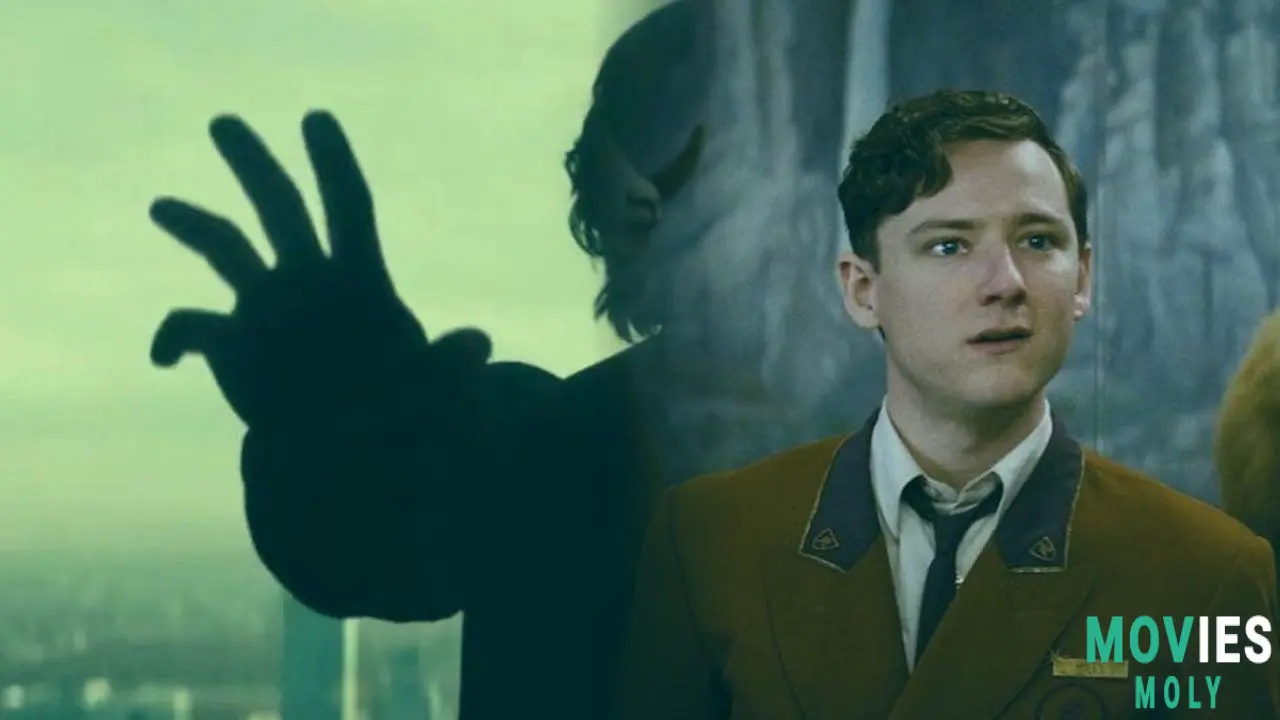
While the film takes liberties with The Sentry’s origin — compressing decades of comic book storytelling into a single arc — it does so with remarkable faithfulness to the character’s core. In the comics, Sentry is Robert Reynolds, a man with the power of "a million exploding suns," balanced by his constant struggle against The Void. In Thunderbolts*, Bob’s lack of memory and trauma mirrors that internal battle, giving the audience a metaphorical and literal villain to grapple with.
Interestingly, the film introduces Sentry with full access to his telekinesis and molecular manipulation, powers that in the comics are often inconsistent but always impressive. We see him melt John Walker’s gun, control the environment during fights, and even manipulate matter in subtle, strategic ways. It’s a power set that feels both familiar and new — like watching a superhero rediscover what he’s capable of, even as he fights to control the darkness within.
What The Sentry’s Future Could Mean for the MCU
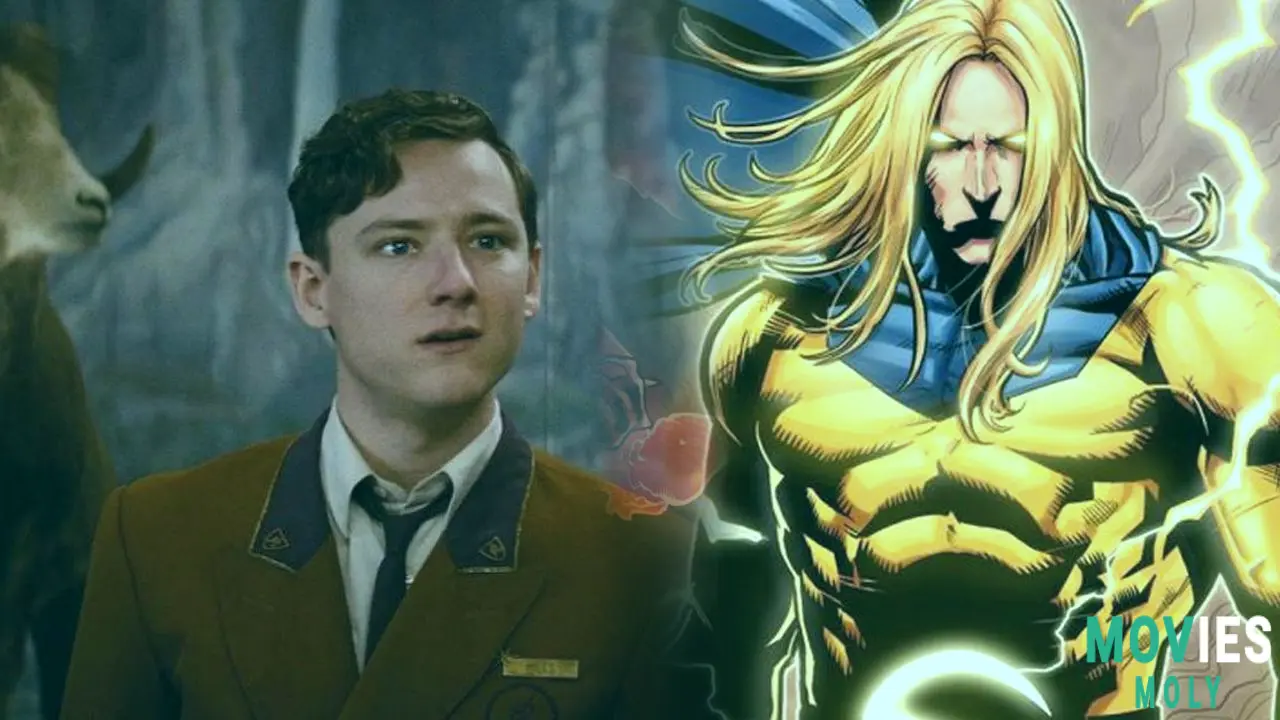
The post-credits sequences tease more than just a new team — they hint at a new direction. With Valentina Allegra de Fontaine attempting to control The Sentry and branding the Thunderbolts as the “New Avengers,” Marvel is setting the stage for a cosmic chess game, with The Sentry as its most unpredictable piece. Given his power level and psychological complexity, Bob could be the MCU’s version of a Deus Ex Machina — or its most tragic hero.
Fans of the comics know that Sentry’s powers include healing, resurrection, and even the ability to grant powers to others. These abilities weren’t shown in the film, but their mere existence in the character’s arsenal opens up endless possibilities. Could Sentry one day stand against a cosmic threat like Doctor Doom? Could he become the MCU’s answer to Galactus or the Watcher? The potential is staggering.
Final Thoughts: The MCU’s Boldest Power Move Yet
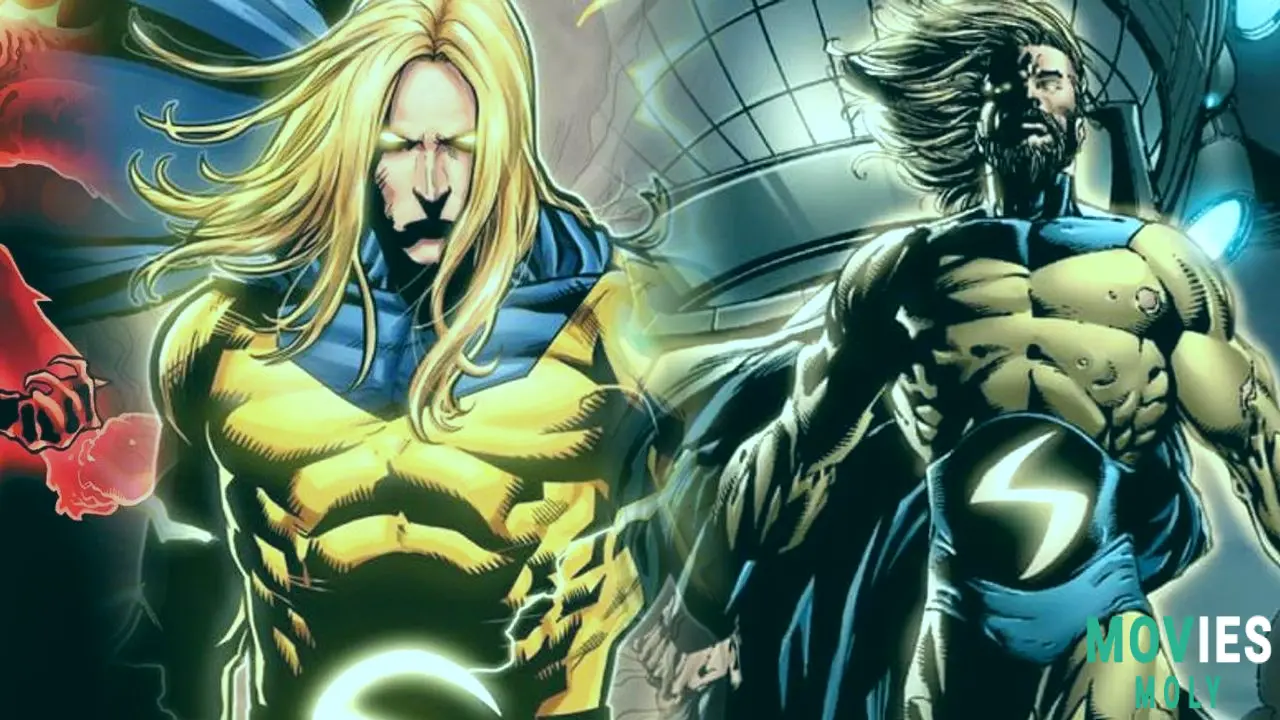
Thunderbolts* may be marketed as a team-up of antiheroes, but it’s the quiet introduction of The Sentry that turns it into a landmark Marvel moment. Without relying on infinity stones or cosmic artifacts, the film introduces a character whose very presence shifts the narrative gravity of the MCU. The Sentry is not just powerful — he’s layered, unstable, and iconic. And Marvel Studios’ decision to bring him in through a character named Bob, rather than as Sentry from the start, speaks to their growing mastery of subtlety beneath spectacle.
In a universe where power often means destruction, The Sentry adds a new dimension: the power of redemption, control, and the ever-present risk of self-annihilation. As the MCU hurtles toward its next phase, one thing is clear — they’ve just unleashed their golden guardian, and he’s only getting started.

